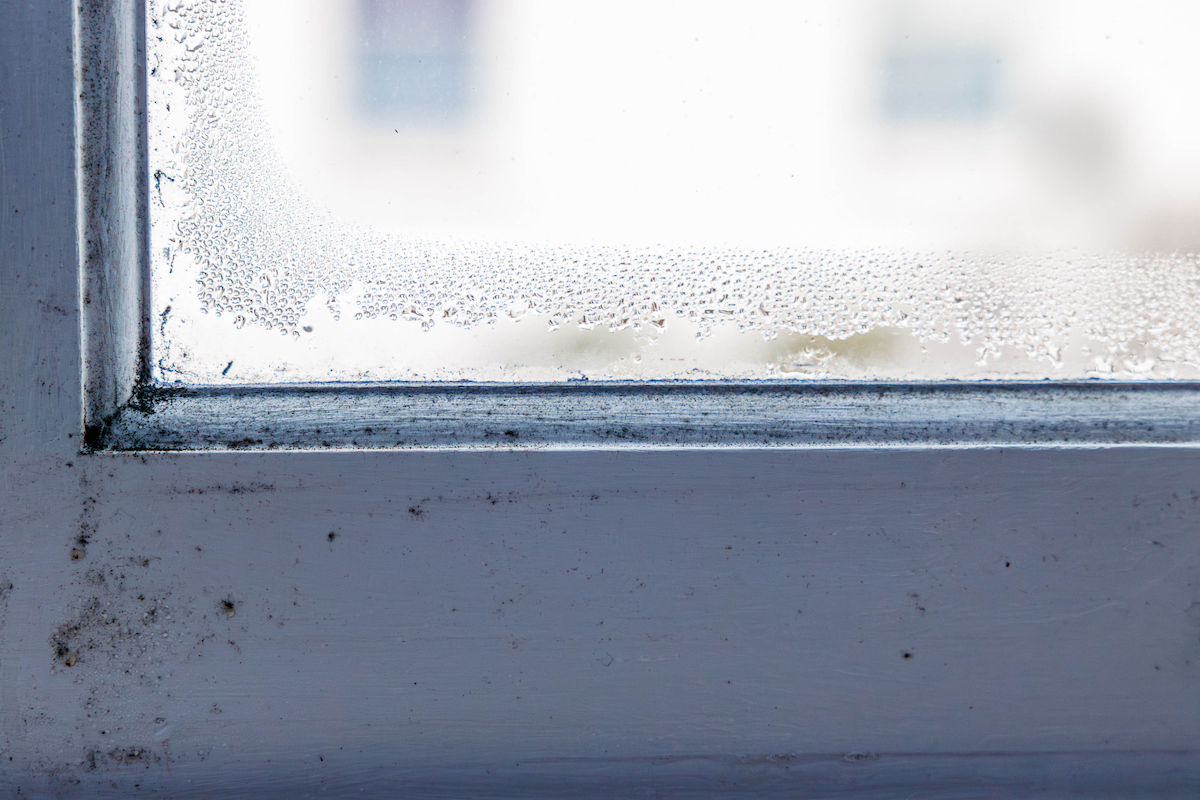

We may earn revenue from the products available on this page and participate in affiliate programs. Learn More ›
High humidity levels can silently damage your home, leading to costly repairs and potential health hazards. As homeowners, understanding the risks associated with excessive moisture and knowing how to combat them is crucial for maintaining a safe, comfortable living environment—and avoiding expensive repairs.
Along with damage to your home, high humidity can majorly impact your household’s health. According to the National Center for Healthy Housing, excess moisture in a home is linked to numerous serious health problems, including allergies, asthma, and other respiratory illnesses.
Let’s explore some of the common problems that high humidity in a home can cause and dive into solutions for reducing it to a healthy minimum.
Common Problems Caused by High Humidity
1. Mold and Mildew Growth
High humidity creates the perfect environment for mold and mildew growth, which can start to take hold in as little as 24 to 48 hours. These fungi can pose serious health risks, including allergic reactions and asthma attacks. The Environmental Protection Agency (EPA) warns that mold exposure can lead to a range of respiratory problems, especially in anyone with a mold allergy.
2. Warped and Rotted Wood
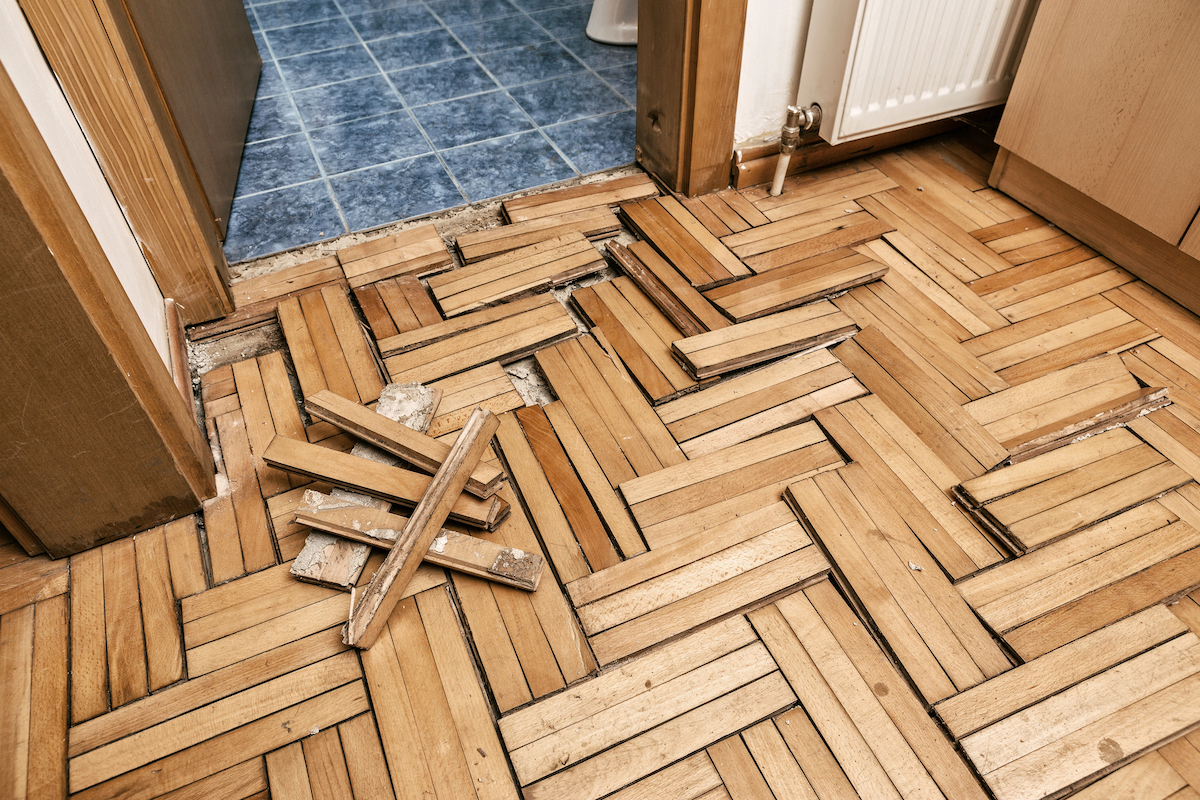
Excess moisture in the air can lead to condensation on windows, walls, and pipes. What might seem like a minor issue can quickly escalate, causing water damage, peeling paint, and even structural problems if you ignore it. This doesn’t just affect your home’s structure but also impacts wooden furniture and flooring.
3. Damaged Furniture, Fabrics, and More
Excess humidity doesn’t discriminate—it can affect many materials throughout your home. Upholstered furniture, curtains, and clothing may develop musty odors or even mold growth. Books, important documents, and precious artworks can warp, develop water stains, or become breeding grounds for mildew. To protect your valuables, consider using moisture-absorbing products or storing sensitive items in climate-controlled areas.
4. Peeled or Cracked Paint
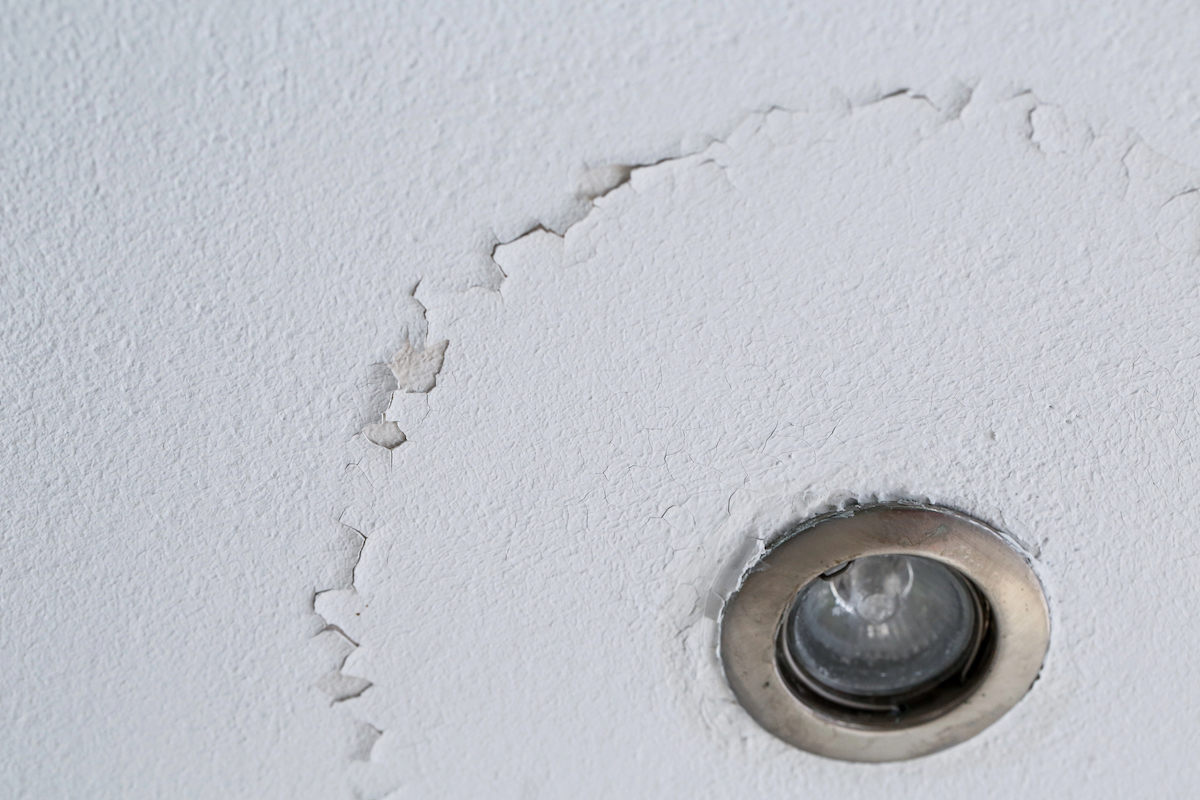
High humidity can cause paint to lose adhesion, leading to bubbling, cracking, or peeling paint on walls and ceilings (and wallpaper, if you have any). This not only affects your home’s aesthetics but can also expose underlying surfaces to moisture damage. Regular monitoring of your home’s painted surfaces, especially in bathrooms and kitchens, can help you catch these issues early and prevent more extensive damage.
5. Increased Energy Costs
When humidity levels are high, your air conditioning system has to work harder to maintain a comfortable temperature. This is because humid air feels warmer than dry air at the same temperature. As a result, you may find yourself lowering the thermostat more often, leading to higher energy bills. Additionally, the extra strain on your HVAC system can shorten its lifespan, potentially requiring costly repairs or replacements.
How to Protect Your Home From Excess Humidity
1. Monitor Indoor Humidity Levels
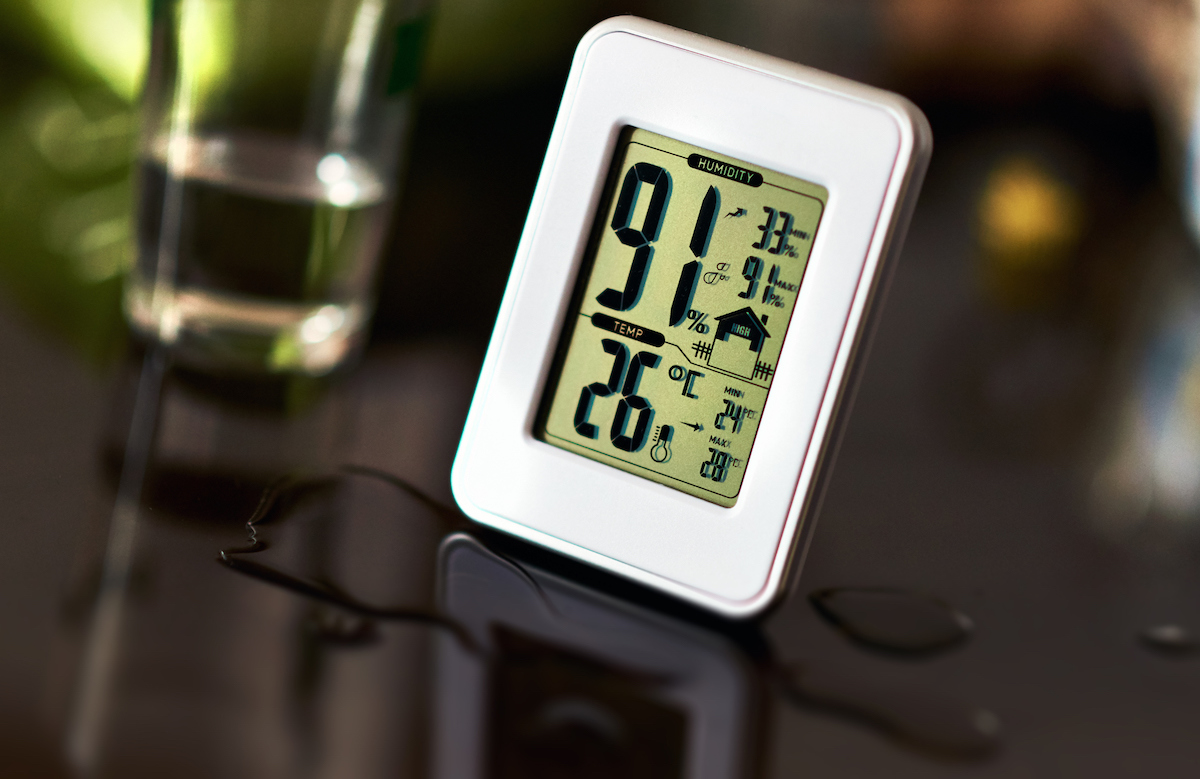
Invest in a hygrometer (like this smart hygrometer from Govee) to keep track of your home’s humidity levels. According to the EPA, indoor humidity should be between 30 and 50 percent. If levels consistently exceed this range, take action by using dehumidifiers or addressing potential moisture sources like leaks or poor ventilation.
2. Use Dehumidifiers Strategically
Place dehumidifiers in areas prone to high moisture, such as basements, bathrooms, and laundry rooms. These devices can effectively remove excess moisture from the air, helping to maintain optimal humidity levels throughout your home. This 50-pint GE model took the top spot in our guide to the best dehumidifiers.
3. Improve Ventilation
Ensure proper air circulation by using exhaust fans in bathrooms and kitchens, opening windows when weather permits, and running ceiling fans. Good ventilation helps prevent moisture buildup and reduces the likelihood of mold growth.
4. Seal and Insulate
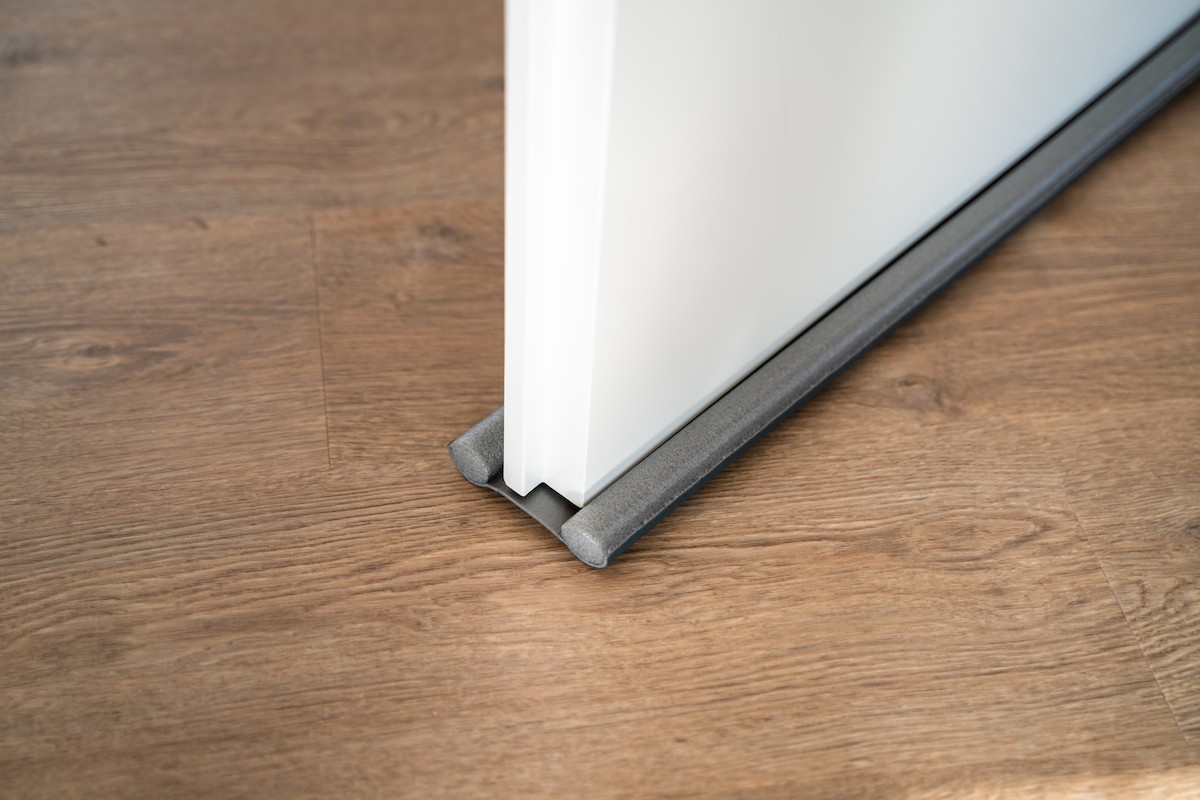
Inspect your home for air leaks and seal them properly. Pay special attention to windows, doors, and areas where pipes or wires enter the house. Proper insulation can also help regulate indoor humidity levels by preventing warm, moist air from entering your home.
5. Address Water Issues Promptly
Don’t ignore signs of water damage or intrusion. Fix leaky pipes, roof issues, or foundation cracks as soon as you notice them. Proper drainage around your home’s exterior is also crucial. Keep your gutters and downspouts clean and ensure they’re directing water away from your foundation to prevent any excess moisture buildup.
